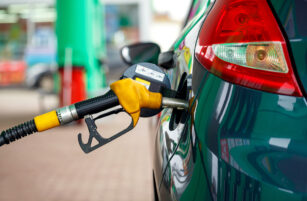Insight Focus
- Poor monsoon hinders cane development in 2023/24.
- India’s sugar surplus drops by 3m tonnes.
- Will India require imports to meet their ethanol mandate?
Fuelling the Future: A dive into India’s Ethanol Programme
The surge in crude oil prices has driven India to lower its reliance on imported crude oil. Ethanol-blended petrol is a crucial component of this strategy, and to achieve this, the Indian government aims for a 20% ethanol blend with gasoline by 2025.

Half of India’s ethanol for blending into gasoline is to come from grain feedstocks. The other half should come from sugar cane. Cane distilleries can make ethanol directly from cane juice, or from higher-sucrose B-molasses or lower-sucrose C-molasses. Alternatively, the cane juice can be used to make only sugar with no ethanol output at all.

Currently, most of this ethanol is made from molasses, with B-molasses being preferable given that returns are more favourable:

Challenges faced by the industry
Cane is a water-intensive crop. Unfortunately, this year’s poor monsoon has led to insufficient rainfall, severely hindering cane development.

As a result, in 2023/24 we expect India’s sugar production to fall below 30m tonnes.

The lack of rainfall also carries implications for the following season, where production could plummet to as low as 27m tonnes. For this reason, India is considering banning sugar exports in 2023/24 for the first time in seven years.

Why is this important?
Before this season, India was a surplus sugar producer that frequently exported its surplus to the world market.

The Indian government established the ethanol programme with the intention of diverting the excess sucrose derived from cane. This season’s sugar production should exceed production, so it’s unlikely the diversion of cane to ethanol will drop.
However, if the government believes that sugar production in 2024/25 will be below sugar consumption, it could adjust the relative prices of ethanol the mills receive to incentivise mills to process C-molasses, not B-molasses. This would reduce the amount of sucrose used to make ethanol, freeing up more for sugar production. Put another way, the ethanol blend would be temporarily sacrificed to ensure more food is produced.










